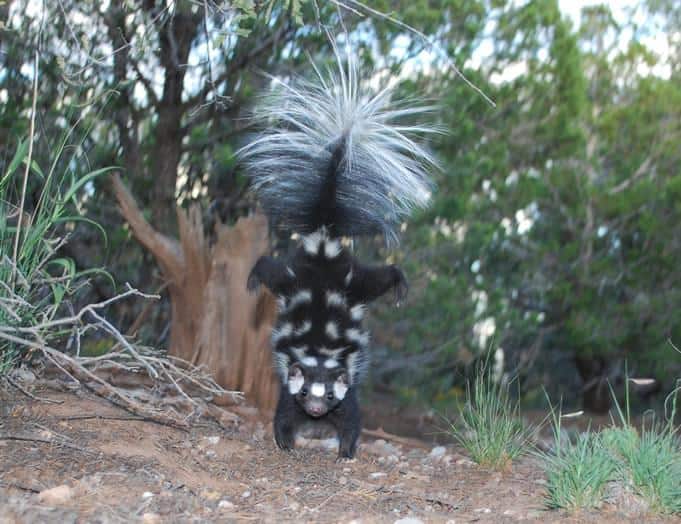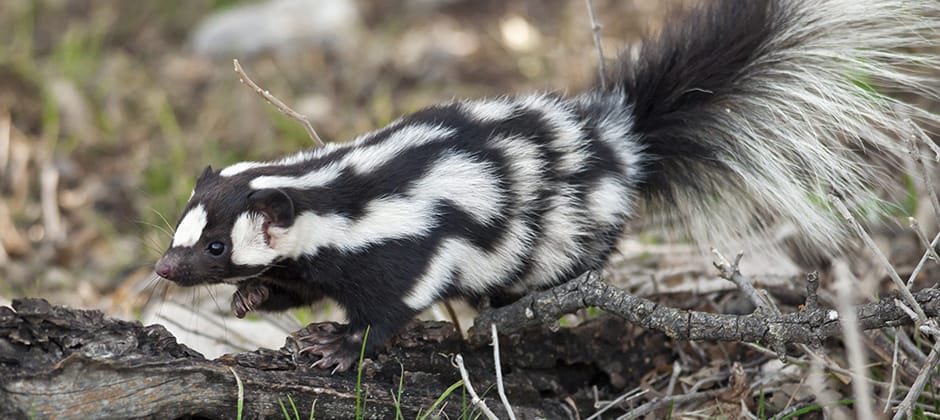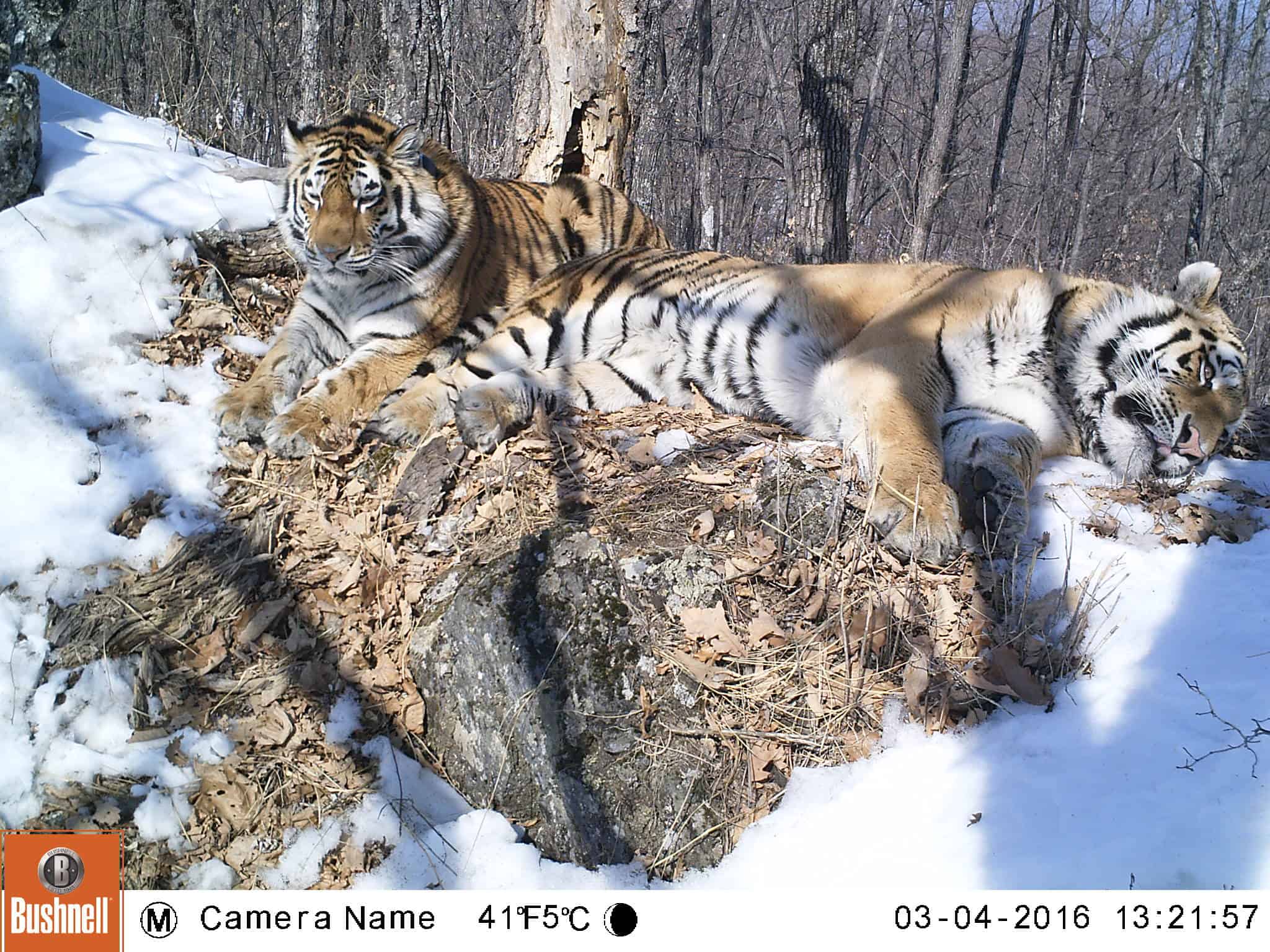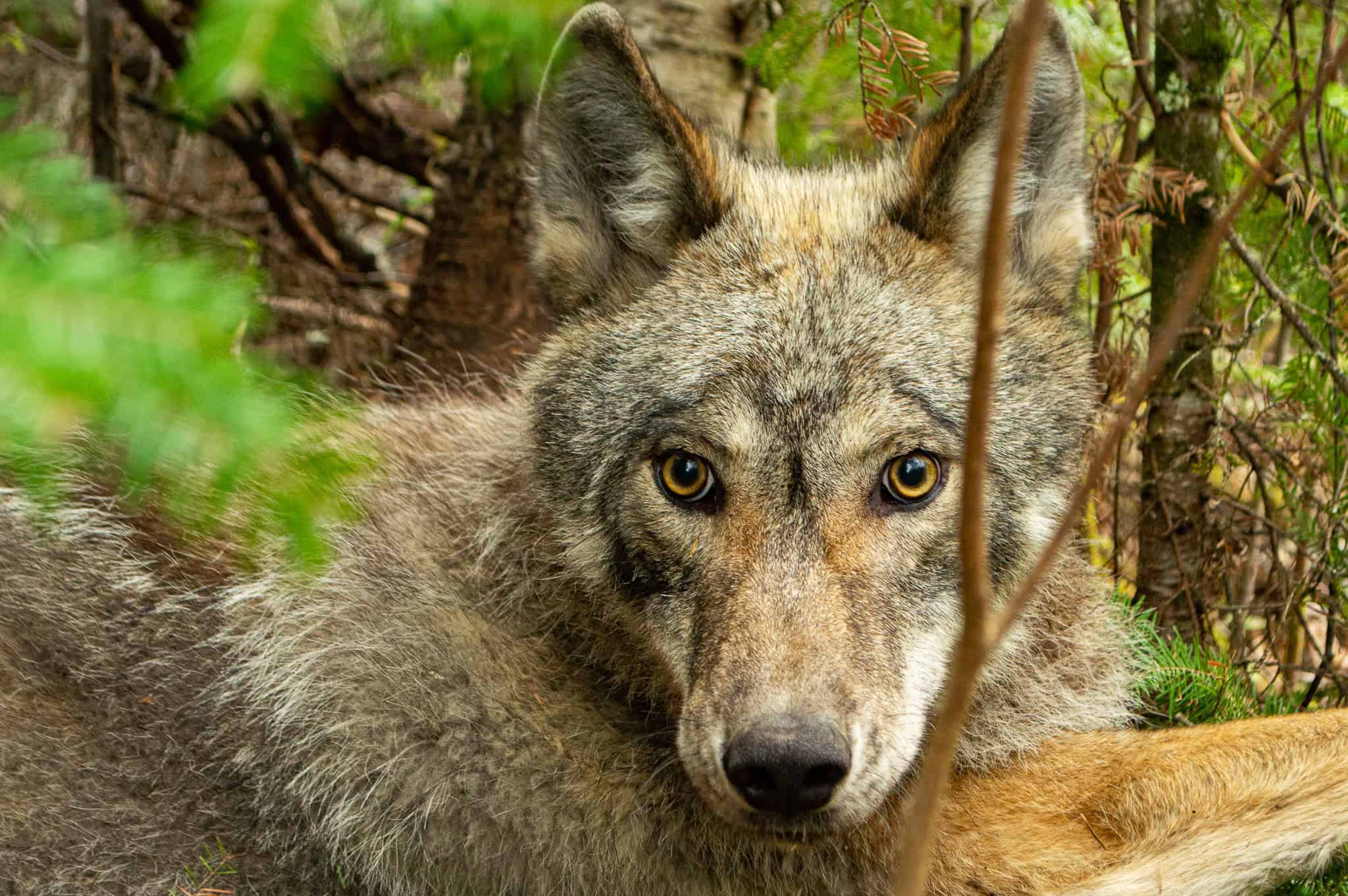Share this article
More spotted skunk species than originally thought
Genetic information has led researchers to determine that there are more unique species of spotted skunks than previously thought.
Biologists haven’t completely agreed on the number of spotted skunks for a long time, with taxonomists debating that there are anywhere between two to 14 species. They based their taxonomy on the morphology of the species, including if they have similar patterns in their fur.
Researchers settled on four species of spotted skunks (Spilogale spp.), but with a lack of genetic information on them, they couldn’t be sure.
“We thought maybe now we could compile the dataset and fill in the distribution gaps,” said Adam Ferguson, the collection manager of mammals at the Field Museum in Chicago. “Let’s dig deeper using some genetic data.”
Ferguson co-led a study published in Molecular Phylogenetics and Evolution where he and his colleagues did just that. Collecting spotted skunk specimens to sequence their DNA wasn’t easy, though. “They’re mystical—not as common as a regular skunk,” he said. “It’s harder to convince people to collect skunks than other animals. They literally stink.” Not only are the skunks difficult to come across. They also exhibit different behavior than other skunks. They’re known for the handstands they do right before spraying a nasty smell to deter predators.

A spotted skunk performs its signature handstand. Credit: Jerry W. Dragoo
Ferguson and his colleagues turned to museum specimens. But they also collected modern specimens by distributing posters across Texas for people who have trapped them or discovered them as roadkill to bring them to the researchers. They also wrote to a lot of colleagues and friends, who sent in samples of muscle or liver for the team to use to collect DNA. The team ended up with more than 200 spotted skunk specimens collected from throughout their range, which extends north to south from British Columbia to Costa Rica.

A “wanted” poster asks for roadkill skunk specimens to be used in research. Credit: Adam Ferguson
The genetic data revealed seven distinct species of spotted skunks, with some newly defined species previously considered part of a different species, such as the Yucatan spotted skunk (Spilogale yucatenensis), endemic to Mexico’s Yucatán Peninsula, which had been previously unrecognized.
Once considered a subspecies of eastern spotted skunk (S. putorius), the plains spotted skunk (S. interrupta) also emerged as a new species. That could have implications for its conservation, Ferguson said. The subspecies has been petitioned to be listed under the Endangered Species Act due to declines across the Great Plains, he said, but as a separate species, it might receive greater attention than as a subspecies.

Adam Ferguson displays the Field Museum’s collection of spotted skunk specimens.
Courtesy of Adam Ferguson
In addition, Ferguson and his colleagues found that spotted skunks have more differentiation in genetics than other skunk species, like hog-nosed skunks (Conepatus leuconotus). “I definitely think the more you dig with larger sample sizes and genetic data, we are finding more species,” he said. “I definitely think it’s possible there are others out there.”
Header Image:
Researchers believe there are seven spotted skunk species, based on genetic evidence.
Credit: Robby Fleischman








